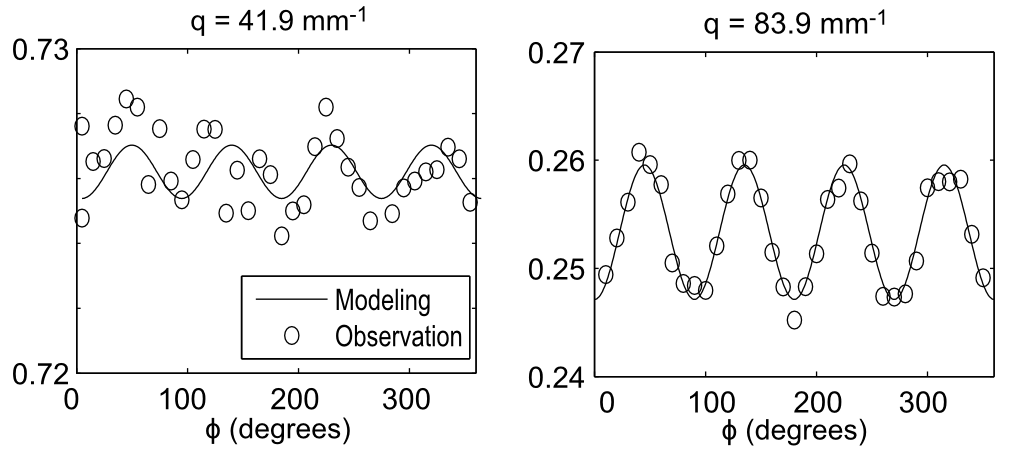Utilizing Principal Modes of d-PFG Measurements to Detect Local non-Gaussian Diffusion
- 1. Schlumberger-Doll Reserach, Cambridge, United States
- 2. Bogazici University, Department of Physics, Bebek, Turkey
- 3. National Institutes of Health, Tissue Biophysics and Biomimetics, Bethesda, United States
Diffusion in porous media is known to be non-Gaussian. When conventional NMR diffusion measurements are applied to porous media, this non-Gaussian behavior can instead be dominated by the superposition of different Gaussian compartments arising from material heterogeneity. For example, a diffusion measurement of a vial of water and a vial of oil will lead to non-Gaussian behavior due to a superposition of their signals, not non-Gaussian diffusion. Similarly, restricted diffusion in individual pores of varying size can lead to the same effect, where the distribution of Gaussian moments obscures the presence of 'true' (compartmental) non-Gaussian diffusion. Correlating diffusive motion between successive periods of time with d-PFG has been shown to be capable of elucidating local features of diffusion otherwise obscured my sample heterogeneity [1], for example microscopic anisotropy due to the shape of individual pores in macroscopically isotropic samples. However, the relative motion between the encoding periods in d-PFG is in part inherently interrelated due to diffusion being a stationary process, hindering the design of these sequences.

[1] Mitra PP (1995) Multiple wave-vector extensions of the NMR pulsed-field-gradient spin-echo diffusion measurement. Phys Rev B 51:15074-15078.
[2] Paulsen JL, Song YQ (2014) Two-dimensional diffusion time correlation experiment using a single direction gradient. JMR 244:6-11.
